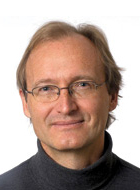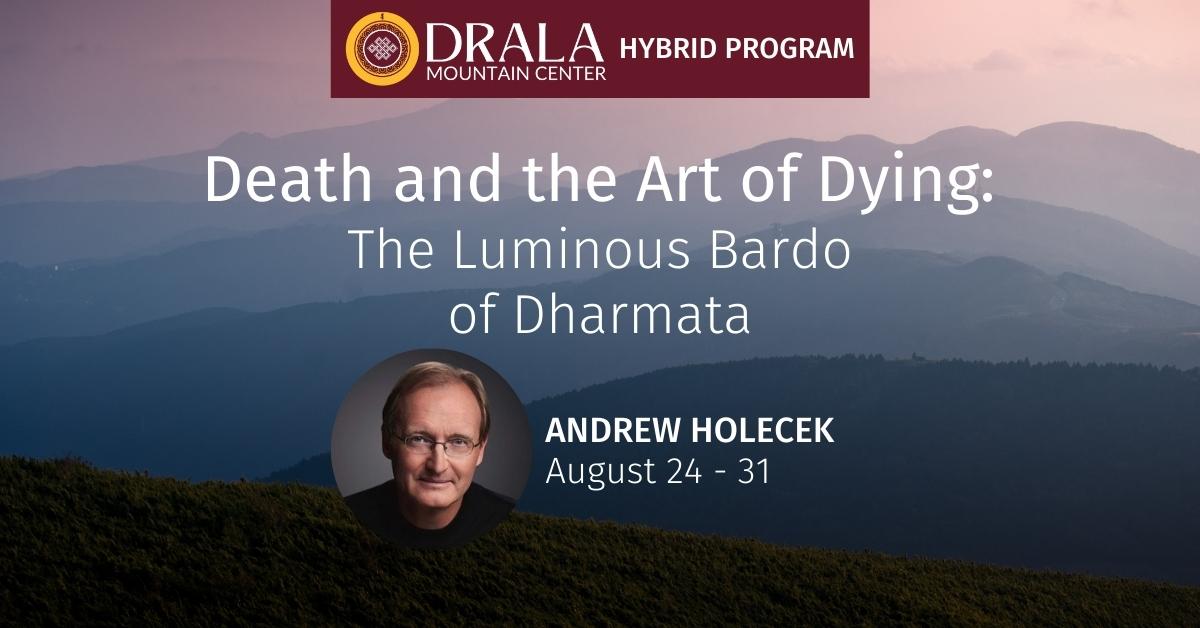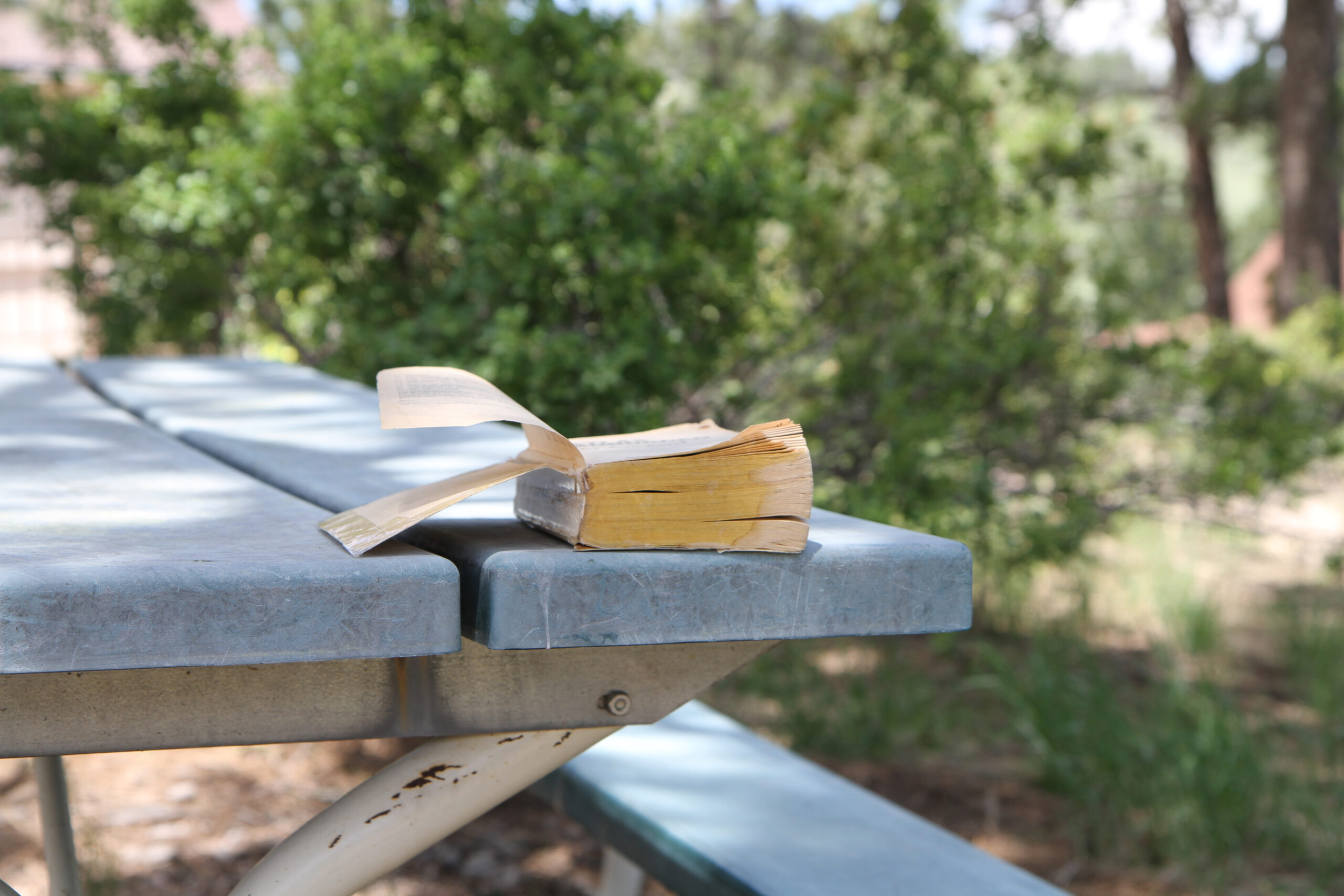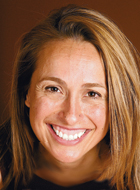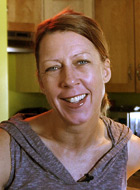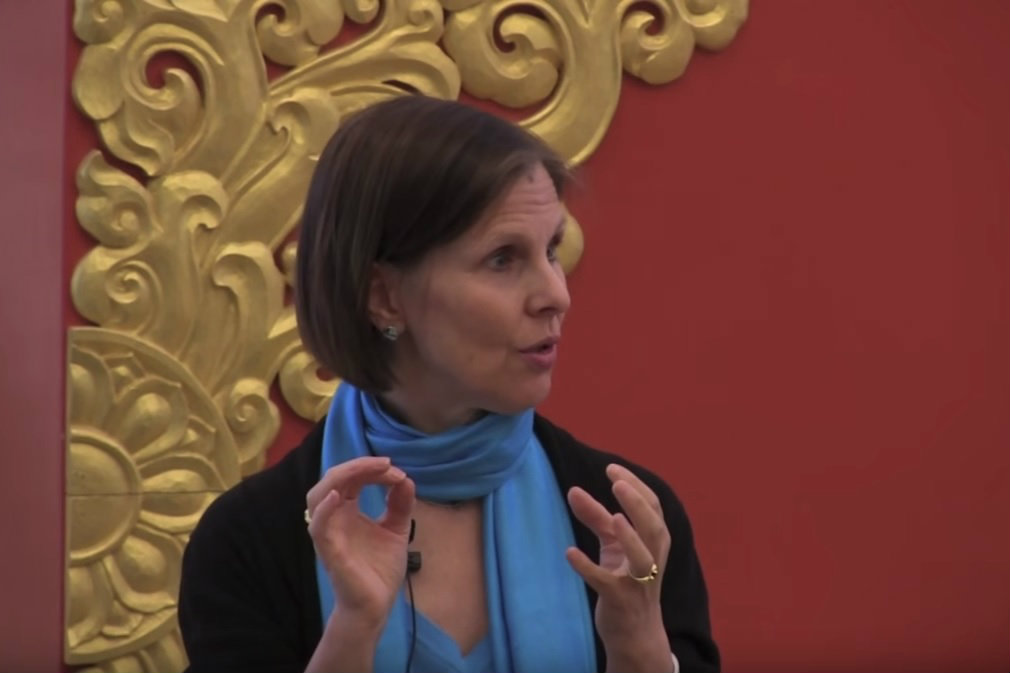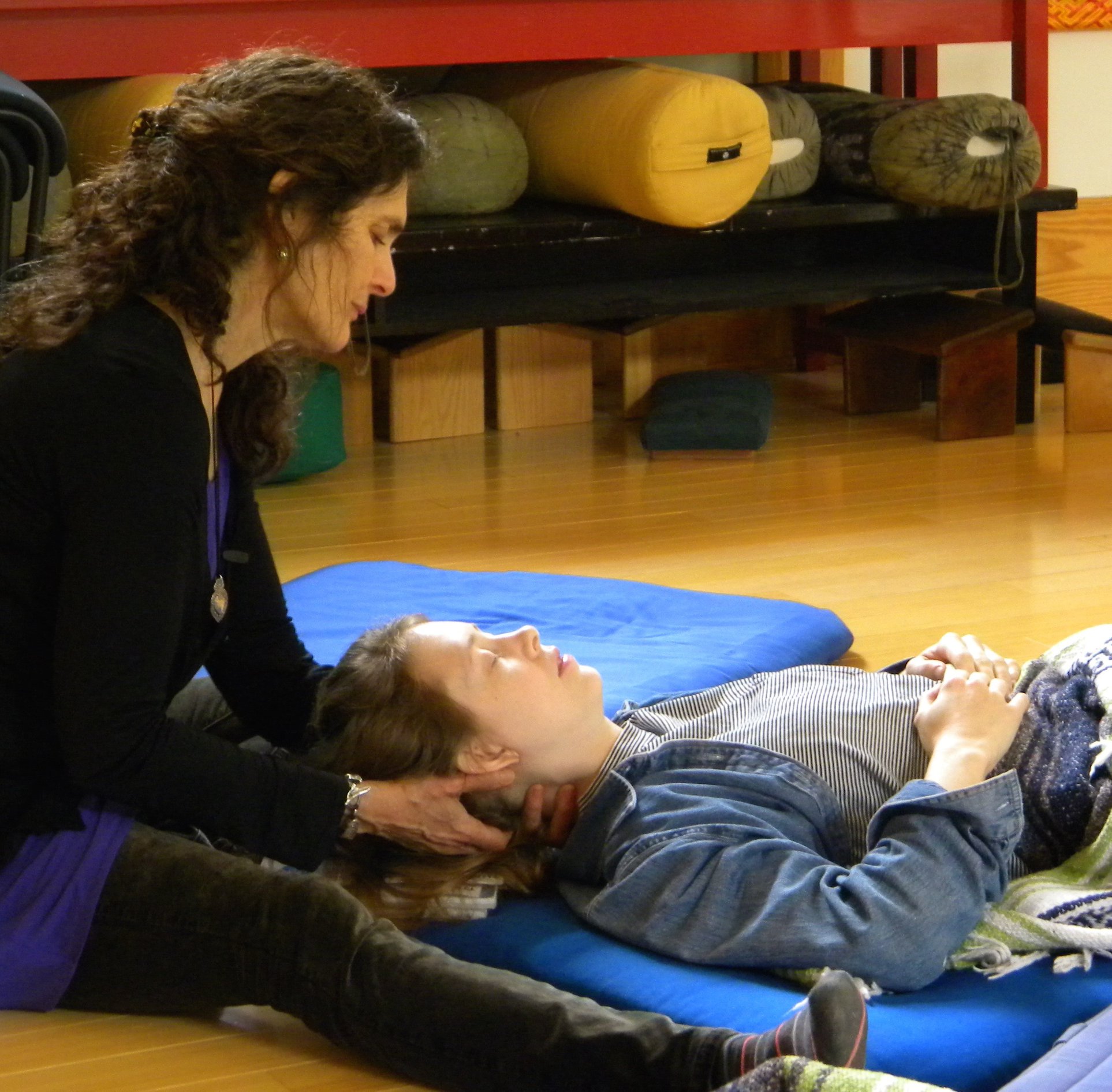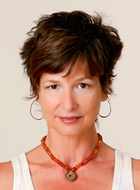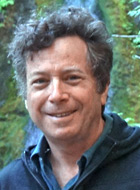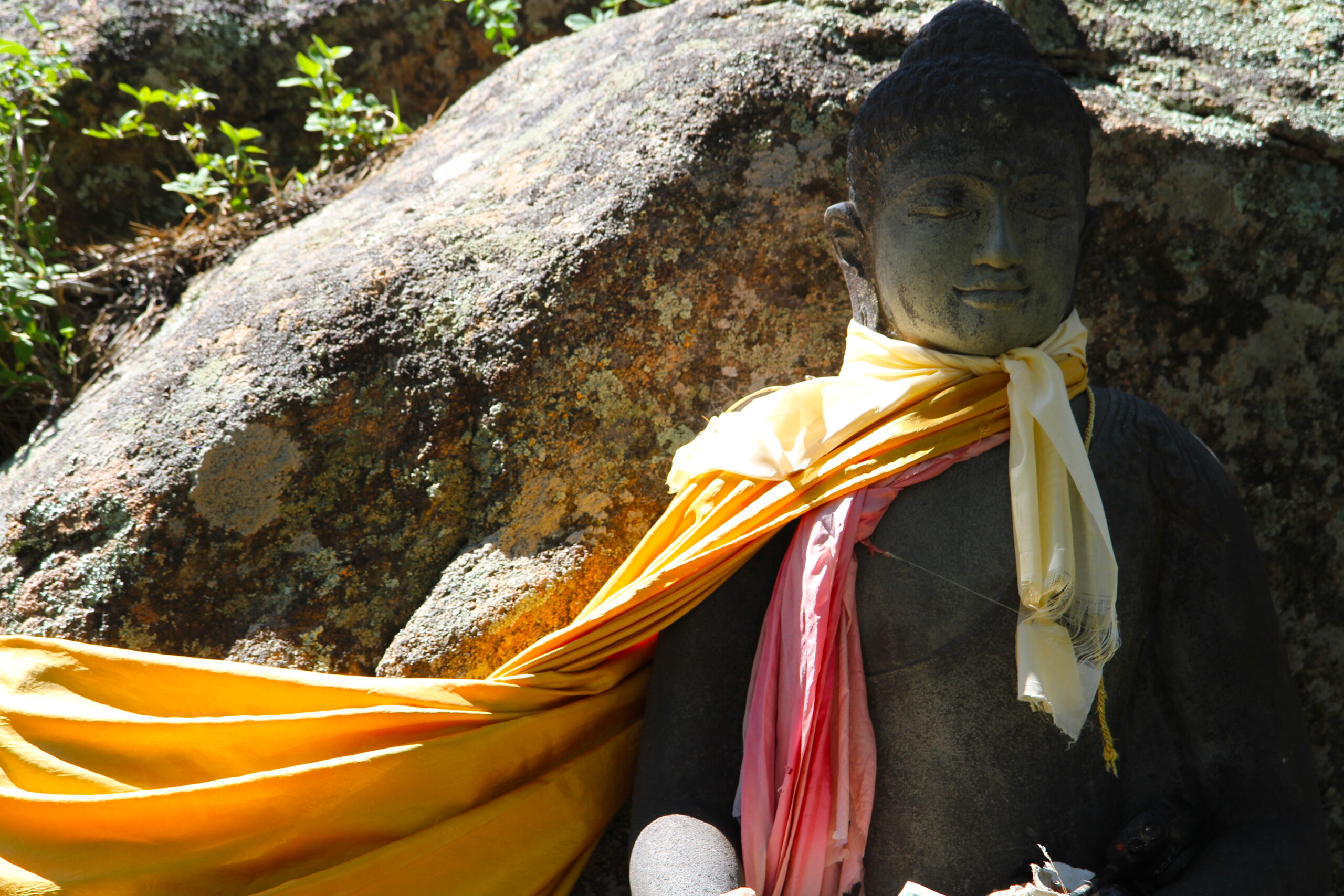Dream Yoga as Preparation for the Bardos
by: Andrew Holecek
If you are well trained, your first after-death experience will be the luminous bardo of dharmata. If you’re unfamiliar with the subtle states of mind revealed in this bardo, it will flash by in an instant, or be completely missed. Those who have practiced the meditations that facilitate recognition will reap the rewards, and attain liberation at the level of the dharmakaya or sambhogakaya.
Without this preparation, most of us will wake up in the karmic bardo of becoming. For nearly everyone, the first experience after regaining consciousness is a sense of being in their own body. Even though the mind is without a body at this point, the habit (karma) of being embodied is so strong that it continues. You feel like your old self, and don’t know you are dead.
The first and most important thing to do after death is to recognize that you are dead. This isn’t easy. Many people will not recognize. Without preparation, most of us will black out at the end of the inner dissolution. The next thing we know is that we’ve been reborn. Most of us aren’t aware of our past lives, how we died in the last one, and how we took rebirth into this one. Similarly, the journey into our next incarnation happens without awareness.
To get a feel for this, look at what you’re able to recognize every night. Most of us don’t recognize the final stages of falling asleep (a concordant experience of dying), or deep dreamless sleep (lucid sleeping, a concordant experience of the bardo of dharmata). And most of us don’t wake up in our dreams (lucid dreaming, a concordant experience of the bardo of becoming). We just go blank, partly remember some dreams, and wake up the next morning unaware of what happened during the past eight hours. We die to today and take rebirth into tomorrow, unconscious of what happened in between. A Tibetan saying asserts: “Based on my experience last night, I can infer I am going to have a hard time in the bardos tomorrow.” Kalu Rinpoche says,
After death, during the period called the bardo of becoming, a multitude of phenomena appear that, while being productions of the mind only, are not recognized as such. The deceased person does not know in fact that he or she is in the bardo, and passes through all kinds of pleasant and unpleasant experiences. Even if the person understands that he or she is dead, this discovery plunges him or her into such anguish and fear that the person falls again into a state of unconsciousness. The person who has practiced the instructions contained in the dharma of the bardo immediately recognizes being in the bardo and from then on applies the methods allowing him or her to be completely liberated. Even if this person cannot apply the methods, the capacity is present to freely move in the bardo and to go to the Land of Bliss or to another pure land. Instructions of the bardo open up many possibilities.
So before we can apply any remedy to the bardos, we have to first recognize we’re in them. Otherwise we spin helplessly from life to life. The practices for this recognition have been discussed. Others can help us recognize that we’re dead, and remind us of what to do. This is the purpose of guidebooks like The Tibetan Book of the Dead.
If we can wake up to the fact that we’re in the bardos, that recognition creates a hitching post. Awareness itself provides a new formless reference point. It allows us to observe the display of our mind instead of being swept away by it. We can now dispassionately witness the mind, like being at the movies, or take control and direct the action. Either way our recognition sets us free.
Both options can be experienced in dreams. “Witnessing dreams” are when you wake up in your dreams, but elect not to engage in them. You are lucid but you prefer just to watch. Waking up in the dream, and taking active control, is the more classic lucid dream. But lucidity, the recognition that you’re dreaming, is common to both. And so is the freedom from the contents of the dream—the contents of your own mind. The dream no longer has power over you. Similarly, if you can recognize that you’re in the bardos, that recognition liberates.
Dream yoga, which we will explore in our DMC program, came about largely as a way to prepare for death, especially the luminous bardo of dharmata, and the karmic bardo of becoming. Dream yoga is so central to the bardo teachings that the bardos themselves are referred to as “the dream at the end of time.”
About the Author: Andrew Holecek
